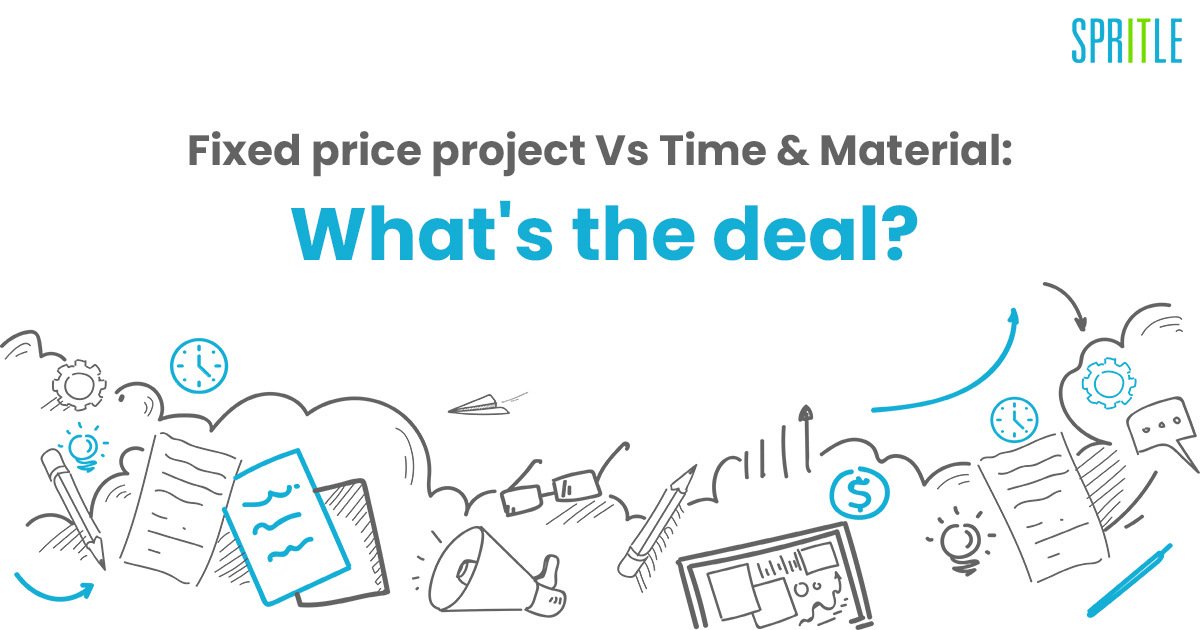
Some projects may take longer than expected while others can lack material which in this aspect can be seen as lacking quality and a good amount of bugs. While having a fixed price is good for the client it is still quite uncertain as it may not be the case if the software requires upgrades and bug fixes. If the client needs to add more features and wants to implement more aspects that are custom made then there is no chance for a fixed budget project model.
Quality is king
If one wants to go with the fixed price model for their project, then they can choose that way but they might not get the quality that they wish for, the reason? This is because only through constant updates and upgrading of software can the bugs be fixed and if that is the case then the price will increase invariably so.
The fixed price ideal cannot be maintained because the company will have certain changes that have to be made, this requires manpower to code the following, and more the resources, more the charge. Hence the quality might be affected due to fixed pricing.
Budget matters
If the product has a fixed price then it is more convenient for the client to make the budget as constant fluctuation in the pricing and constant upgrades can affect the overall capital that the company plans to invest. Apart from that, there is a good possibility that the company might charge even for minor changes that might not require much effort, which in turn makes the client feel uncertain of the investment that was made.
Thus implying that a fixed price manages to ensure lesser damage to the company’s investment while at the same time ensuring the product is delivered.
Flexibility does exist
Although it is not possible to get the best of both worlds in this case there is a good possibility that a compromise can be made. The client can pay for the base software or solution that they want and that can remain unchanged.
The updates that they want to make or the bugs that they want to get rid of require a payment that will be decided after calculating the resources that are being allocated and the amount of time that is going to be dedicated to that particular task. Thereby allowing a certain fixed price as a set without fluctuations.
Time is money
It is not possible to produce a particular solution at any particular time as a company works on multiple tasks at the same time so there really cannot be a fixed duration and the more effective the solution the more time it takes. The more unique, the more the time again.
So time is a variable that cannot be shortened, rather it matters whether you want quality in that which you are being given. Even if a time were to be given there is a good possibility that the deadline will be extended given the nature of the application that is being developed.
So in conclusion, while it is not a viable solution to get them both quality with perfection at a fixed price it is certainly possible to keep a fixed price for all the varying solutions and the rectifications in the Time & Material model, which will allow the client to occasionally update the software or rectify the bug fixes while at the same time allow the users to use more new features.
The blog gives you an idea of choosing between the Fixed Price project model and the Time & Material model. One cannot specifically conclude that either the fixed price is better or the latter one is.
It is purely based on the requirement brought by the client. We can propose a solution to the client, by breaking down the entire project into small pieces like MVP, phase 2, phase 3, and so on, which can be developed under the fixed price model.
But for projects that require efforts worth many years, the Time & Material model plays the BFF role for the developers & testers.
Hope this blog gives you an idea about carrying out your upcoming projects in a model suitable to the requirement. More exciting content that helps you run a smooth business is on the way. Until then keep expecting the best from us as always!
#LetsGrowTogther.
